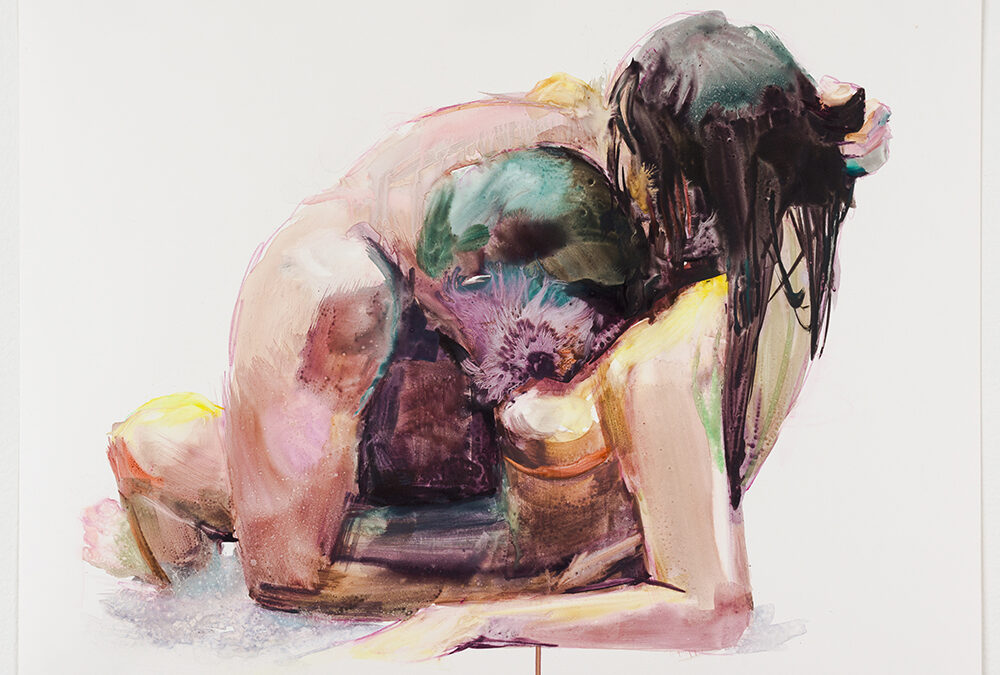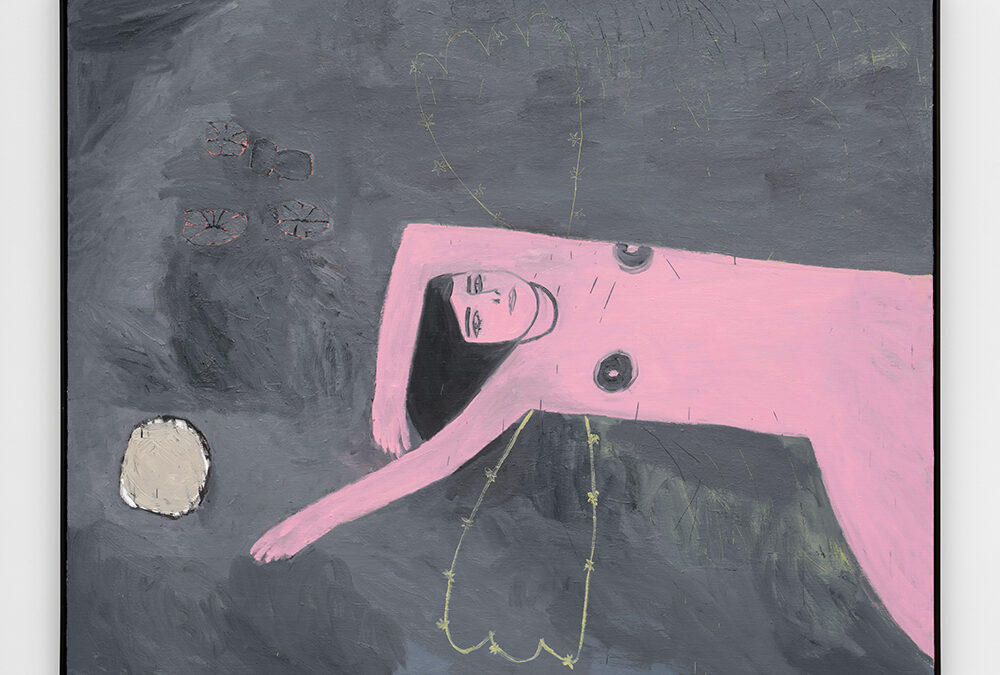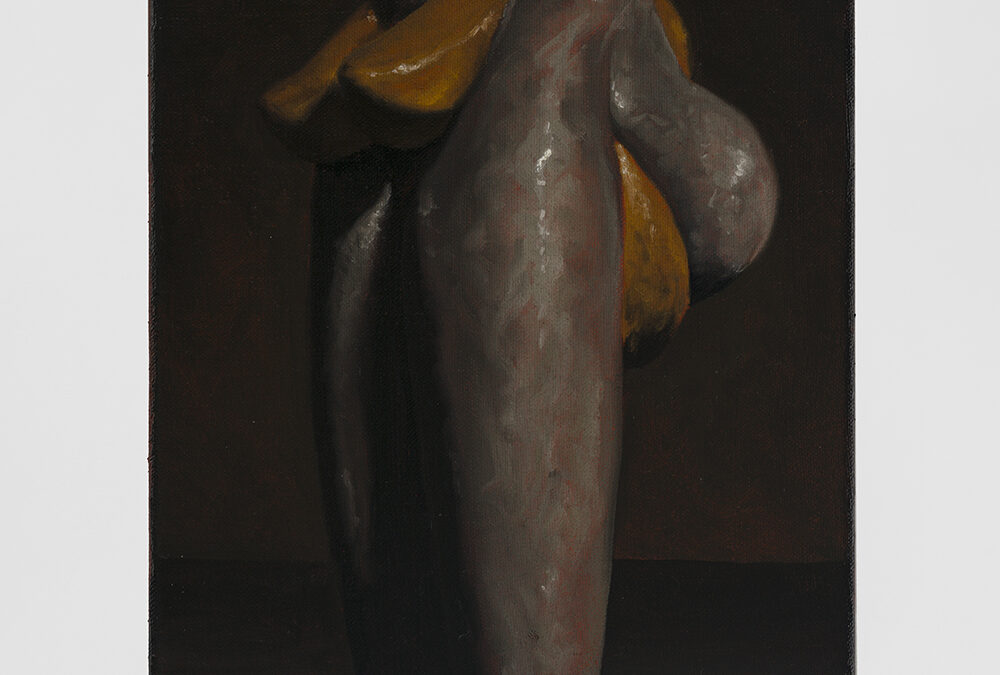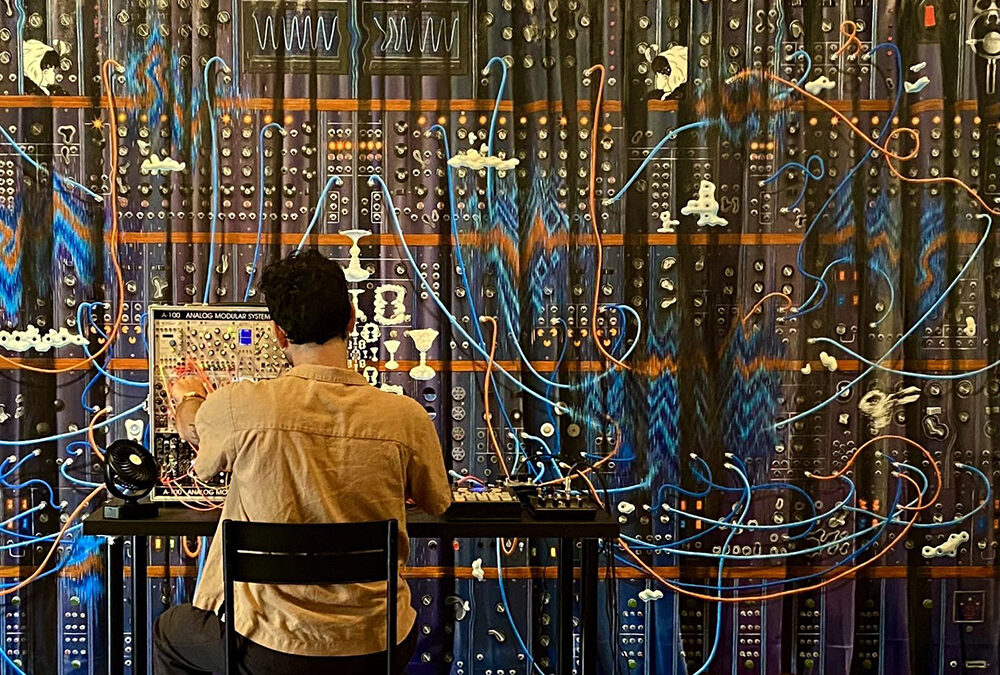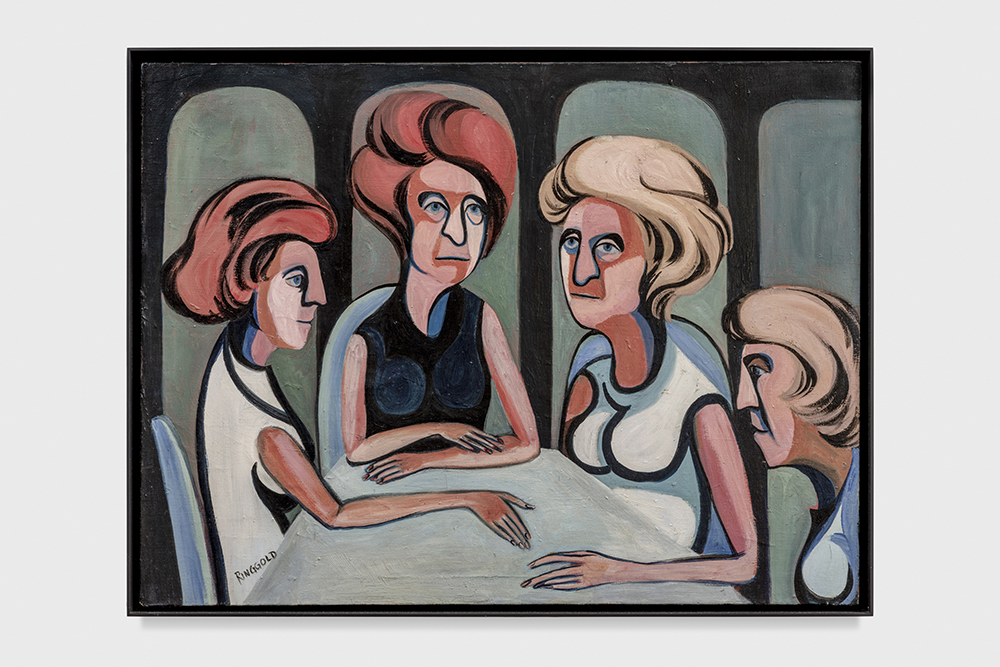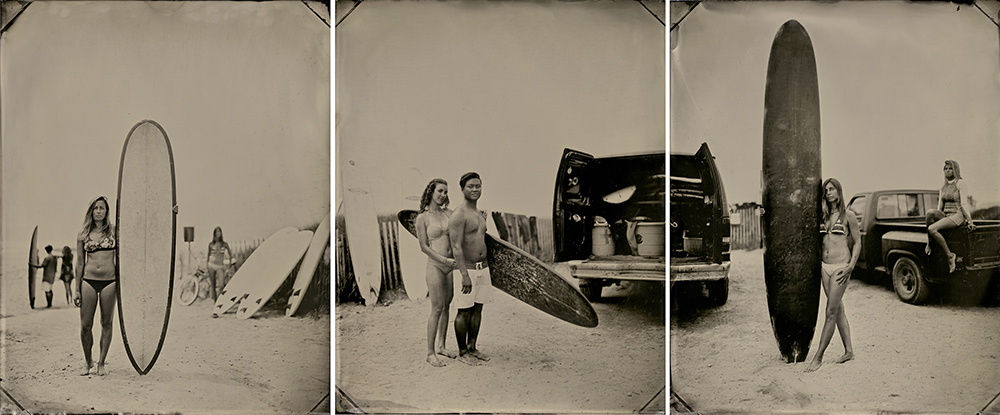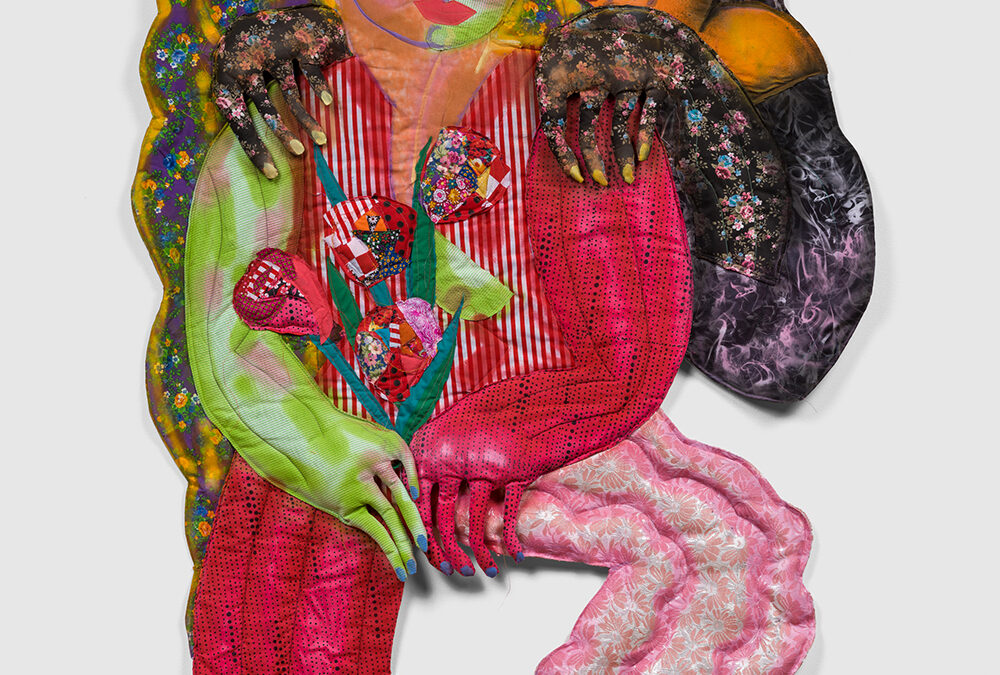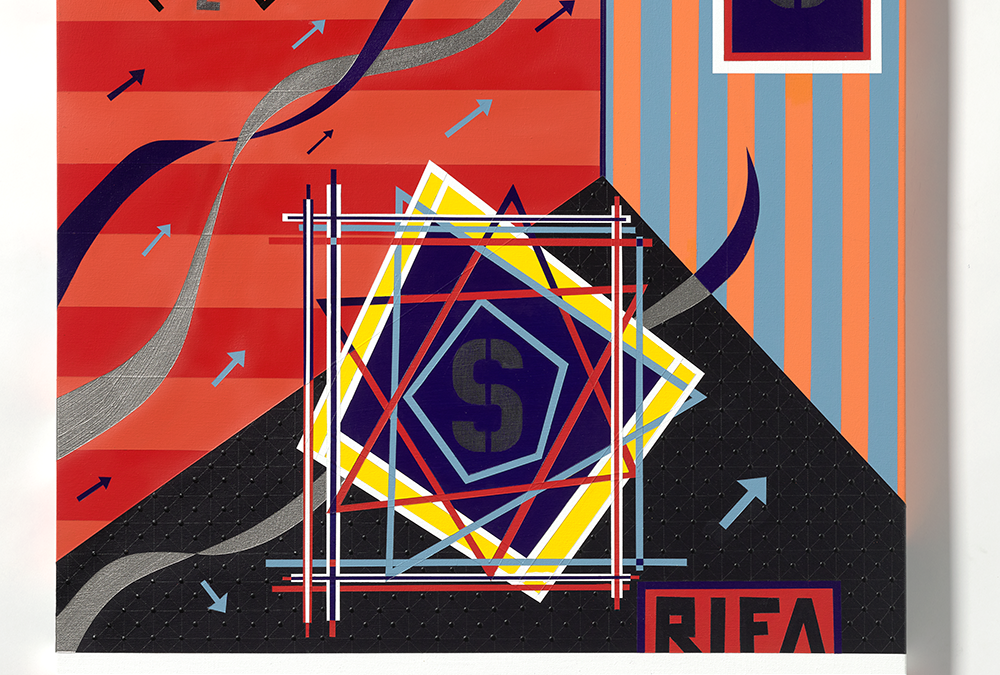Like many other pictorial artists, Molly Segal is a storyteller. Her preferred medium is watercolor applied in various degrees of thickness to a special plastic-coated paper that is less absorbent than conventional papers, but also more easily re-worked. The titles of...
